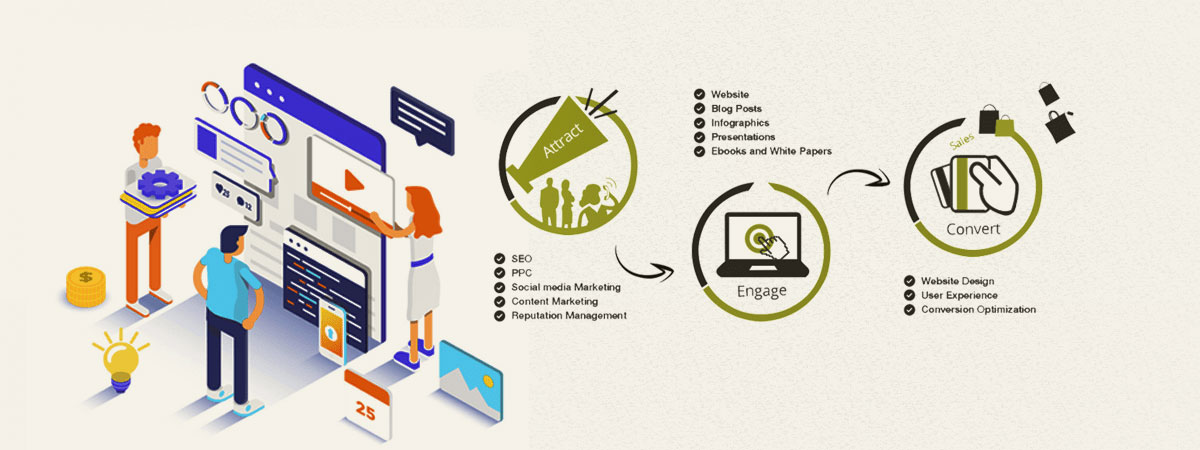The Growth Of Web Design: Then And Currently
The Growth Of Web Design: Then And Currently
Blog Article
Authored By-Hartley Peters
In the past, sites were basic and focused on information. Navigation was straight, and design was for desktops. Currently, customer experience is vital. Information overviews styles for very easy navigating. Responsive formats match different gadgets. Today, dark mode minimizes pressure, and minimalist menus enhance navigation. Interactive features engage users, and bold visuals stick out. AI assimilation boosts involvement. See just how layout has actually evolved to boost your online trip.
Early Days of Web Design
In the very early days of website design, simplicity reigned supreme. Web sites were standard, with limited shades, fonts, and designs. The emphasis was on giving details instead of fancy visuals. Users accessed the web via sluggish dial-up connections, so rate and functionality were key.
Navigation menus were straightforward, typically located at the top or side of the page. source for this article were developed for computer, as mobile surfing wasn't yet common. Material was king, and developers prioritized easy readability over intricate design elements.
HTML was the key coding language used, and developers had to work within its constraints. Animations and interactive features were marginal contrasted to today's criteria. Websites were fixed, with little dynamic web content or personalized user experiences.
Rise of User-Focused Design
With the evolution of site style, a shift towards user-focused design concepts has ended up being significantly noticeable. Today, creating internet sites that prioritize customer experience is vital for involving site visitors and attaining organization objectives. User-focused style involves understanding the requirements, preferences, and behaviors of your target audience to tailor the website's layout, web content, and features as necessary.
Designers now conduct complete research study, such as individual surveys and functionality screening, to collect insights and comments directly from users. This data-driven technique aids in creating instinctive navigating, clear calls-to-action, and visually attractive user interfaces that resonate with visitors. By putting the individual at the facility of the style procedure, websites can deliver a more tailored and enjoyable experience.
Receptive style has likewise become a key facet of user-focused layout, making certain that sites are maximized for different gadgets and screen dimensions. This adaptability enhances access and use, catering to the varied means individuals connect with web sites today. Fundamentally, the increase of user-focused style represents a change in the direction of creating electronic experiences that focus on the needs and expectations of completion customer.
Modern Trends in Website Design
Discover the current trends shaping website design today. One prominent pattern is dark setting style, using a sleek and modern-day look while decreasing eye pressure in low-light atmospheres. An additional vital fad is minimalist navigation, simplifying food selections and enhancing individual experience by focusing on essential elements. Incorporating micro-interactions, such as animated switches or scrolling effects, can create a much more appealing and interactive site. Receptive layout stays essential, making sure smooth individual experiences throughout numerous gadgets. In addition, utilizing bold typography and unbalanced formats can add visual rate of interest and accentuate particular content.
Integrating AI modern technology, like chatbots for consumer assistance or personalized recommendations, boosts individual involvement and improves processes. Access has additionally end up being a significant fad, with designers prioritizing comprehensive design practices to satisfy varied individual requirements. Welcoming sustainability by maximizing site performance for speed and efficiency is another emerging pattern in website design. Collaborating with individual feedback and information analytics to repeat and improve layout constantly is vital for remaining relevant in the ever-evolving electronic landscape. By welcoming these modern-day patterns, you can develop an aesthetically enticing, straightforward internet site that resonates with your target market.
Click Link
As you assess the evolution of web site style from the early days to currently, you can see exactly how user-focused style has ended up being the driving force behind modern-day patterns.
Accept the journey of adjustment and adjustment in website design, always keeping the customer experience at the center.
Stay present with the current fads and technologies, and never ever stop evolving your strategy to produce visually sensational and easy to use internet sites.
Advance, adapt, and develop - the future of website design is in your hands.
